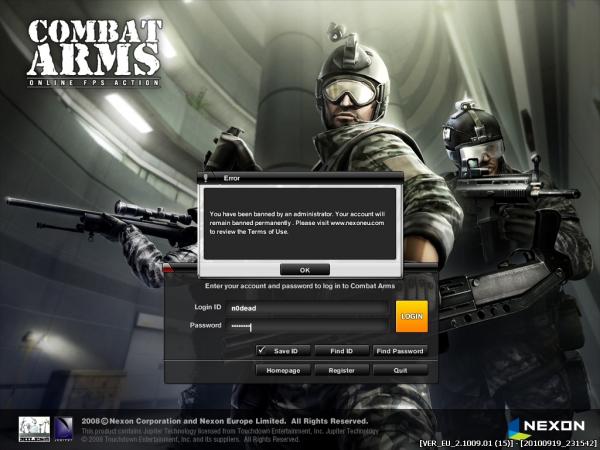

This appears less evident in the Russian Aerospace Forces than in the Ground Forces and Navy. There is a culture of reinforcing failure unless orders are changed at higher levels.It proposes the creation of amalgamated combined arms formations in wartime but lacks the strength of junior leadership to knit these units together. The AFRF force-generation model is flawed.This creates sub-optimal employment of other branches. The AFRF currently operate with a hierarchy of jointery in which the priorities of the land component are paramount, and the military as a whole is subordinate to the special services.These areas should be used to inform assessments of Russian combat power in the future.

Factoring in the idiosyncrasies of the Russian campaign, there are five key areas that should be monitored to judge whether the Russian military is making progress in resolving its structural and cultural deficiencies. Nevertheless, Russian weapons systems proved largely effective, and those units with a higher level of experience demonstrated that the AFRF have considerable military potential, even if deficiencies in training and the context of how they were employed meant that the Russian military failed to meet that potential. The tactical competence of the Russian military proved significantly inferior compared with the expectations of many observers based within and outside Ukraine and Russia. From April, the West became Ukraine’s strategic depth, and the Ukrainian Armed Forces (UAF) only robbed Russia of the initiative once long-range fires brought Russian logistics under threat.

Despite these setbacks, Russia refocused on Donbas and, since Ukraine had largely expended its ammunition supply, proved successful in subsequent operations, slowed by the determination – rather than the capabilities – of Ukrainian troops. As a result, when speed failed to produce the desired results, Russian forces found their positions steadily degraded as Ukraine mobilised. The Russian plan’s greatest deficiency was the lack of reversionary courses of action. The very operational security that enabled the successful deception, however, also led Russian forces to be unprepared at the tactical level to execute the plan effectively. The Russian deception plan largely succeeded, and the Russians achieved a 12:1 force ratio advantage north of Kyiv. The Russian plan presupposed that speed, and the use of deception to keep Ukrainian forces away from Kyiv, could enable the rapid seizure of the capital. Russia planned to invade Ukraine over a 10-day period and thereafter occupy the country to enable annexation by August 2022. Given the requirements for operational security, it is necessarily incomplete. As the underlying source material for much of this report cannot yet be made public, this should be understood as testimony rather than as an academic study.

To ensure that those drawing lessons from the conflict do so from a solid foundation, this report seeks to outline key lessons, based on the operational data accumulated by the Ukrainian General Staff, from the fighting between February and July 2022. Many publicly made judgements on these issues have lacked supporting data or insight into Ukrainian operational planning and decision-making. The full-scale invasion of Ukraine on 24 February 2022 has provided an invaluable opportunity to assess the capabilities of the Armed Forces of the Russian Federation (AFRF) and the implications of a range of capabilities for modern warfare.


 0 kommentar(er)
0 kommentar(er)
